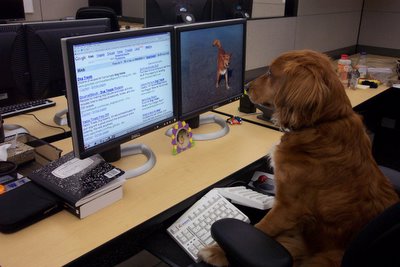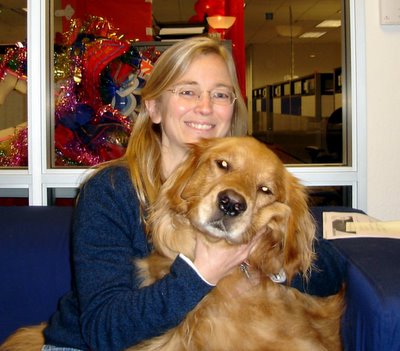Which AdSense projects or features have you worked on?
In the past few months, I have worked mostly (but not exclusively) on custom reports, emailable reports, and the general reporting engine.
What's your area of technical expertise?
Just like many other Googlers, I am pretty flexible about the projects that I work on. I have worked in the area of mathematical programming, virtual webhosting, control centre for various services, and java programming for high volume web applications.
What is the most challenging aspect of working for AdSense?
The flexibility that I have in deciding how to code and design our new features is challenging -- it makes the problem much more complex. It's also what I like most about working for AdSense because it provides room for creativity. People here really appreciate your thoughts, so I have a say in what should go into the final product.
What advice would you give publishers?
We like being able to help our publishers. Please keep the feedback coming.
What are your favorite websites?
Apart from Google, which I really do use all the time, I like petfinder.com, where I found my dog, and doghobbyist.com. I also like nytimes.com and cnn.com for staying current with news.
Tell us an interesting fact about yourself.
I have Newton, a sweet golden retriever mix who comes to work with me every day. He was rescued from the shelter two years ago. He sleeps in a puppy bed under my desk. Many people at Google like him and there are some people who regularly visit my office to play with him.

If you were an animal cracker, which one would you be and why?
Too bad we don't have a puppy dog in the solution space :) Given that constraint, I will choose to be the teddy bear. It is close enough.
